In a class AB follower push pull amplifier output stage* operated open loop and driven from a low impedance source, these are, from top to bottom, the emitter currents of both transistors, their individual and total base currents, and the output voltage and current of the amplifier.
The last graph is not to scale.
These transistors have more than 10V Vce, they are not saturated.
When one transistor turns off, it behaves a bit like diode recovery: it keeps conducting a bit too long, then abruptly turns off. Its base current behaves in a similar way.
Two questions:
I would like to minimize this, so what is the relevant datasheet parameter to look for? There is "Storage time" but I believe it is about coming out of saturation, which is not the case here.
Harder physics question: what is the relationship between dIe/dt and the peak amplitude or total energy of the turn-off spike?
(*) Schematic of the class AB push pull amplifier output stage:
Transistors are 2SC5200 and 2SA1943. Current is about 2.4A peak, and frequency is 48kHz. For reference, this is the same setup, with a pair of IRFP240/9240 MOSFETs instead.


